
Financial planning for artists: Preparing for a successful 2024


Being a successful artist isn’t just about creating beautiful art; it’s about getting your financial game strong too. Why? Because when you plan out your finances, you bring order to your daily life and set the stage for growing your art career.
Now, let’s talk about financial planning for artists– not the most exciting topic, but oh-so-important. Financial planning for artists isn’t just about numbers; it’s about making sure your money works with your art, not against it. From budgeting for art supplies to smartly spending on your brand, every money decision helps build your art business successfully.
Budgets help you take control of your money, both now and in the future. Why? Because it helps you see where your art hustle is paying off the most. So, if you’re looking a good financial planning for artists and want to make 2024 a success, keep reading. We’ve got some clever ideas that can assist you on this journey.
Start with considering these factors that can help financial planning for artists
Consider these key factors to help you
- What are your individual financial requirements, and how does your art business fit into that equation?
- Identify the financial needs of your art business, including materials, workspace, and potential exhibition costs.
- Are there different products, services, or collaborations you can ?
- Do you have an effective financial system to streamline and manage your art business finances efficiently.
- Which art projects have been particularly successful and why.
By addressing these considerations, you can build a solid foundation for your art business and plan your finances accordingly.
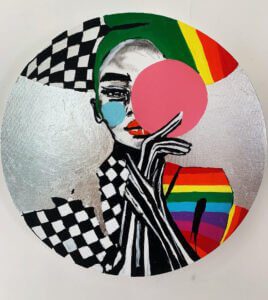

Make a check on all your expenses
As an artist, it’s important to keep an eye on what you’ll be spending money on. Make a plan for your monthly or yearly spending, covering things like rent, utilities, basic supplies, art materials, and other things you might need (like insurance, entertainment, or travel). Listing all these expenses helps you figure out how much money you need to live and work, and it also shows you where you might be spending money unnecessarily.
One key thing is to regularly check and update a simple cash flow analysis. This is just a way of looking at how much money is coming in and going out. It helps you budget and plan your finances for the future, making sure you’re using your resources wisely. This way, you can make smart decisions about your art and your overall finances.
Record Your Income:
Note down every instance of income, specifying the date, amount, and source. Whether it’s through a simple spreadsheet or a budgeting app, tracking your earnings helps you compare actual income with your estimates.
Log your expenses:
Keep a record of all expenditures, no matter how small. This meticulous approach allows you to evaluate if you’re staying within your budget and pinpoint areas where adjustments may be needed.
Regular review:
Dedicate time each month to review your income and expenses. This routine check provides insights into your financial standing and enables you to make informed decisions, such as deciding on investments or identifying areas for potential cutbacks.
So, how can you do all of this seamlessly?
Using an art inventory system, such as ATH’s inventory management sheet, makes it simple to keep a record of your artwork, send invoices to your customers, and monitor your sales over time.
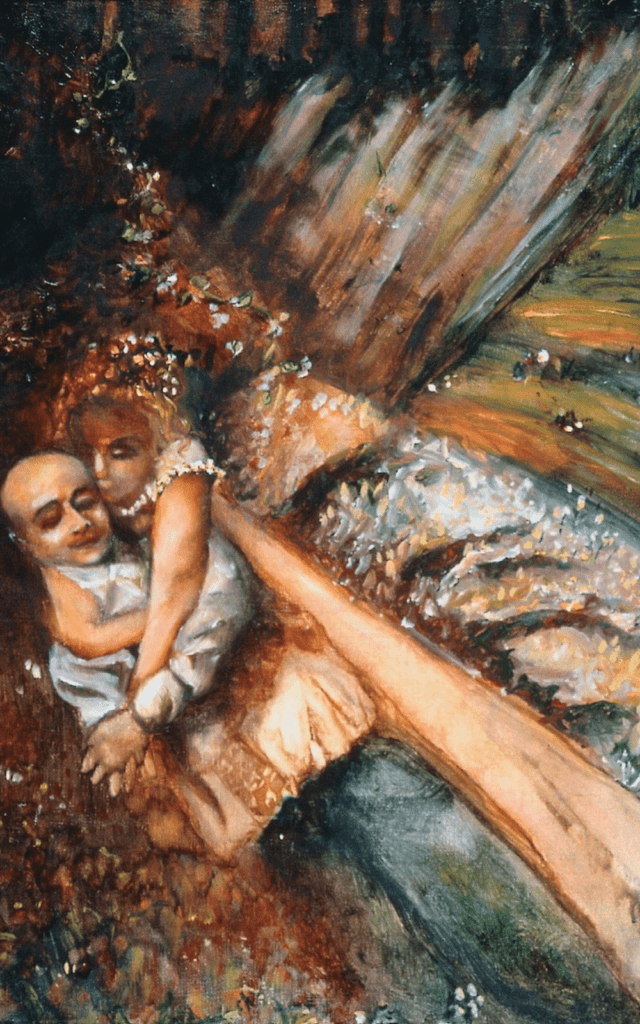
Divide your earnings to adjust your wants, needs and savings
Achieving financial freedom as an artist doesn’t require immense wealth. Even with a modest income, creating a financial planning for artists empowers you to have flexibility in your practice, business, and life.
Start by listing all your recurring expenses—rent, groceries, phone bills, gym memberships, and any ongoing costs. Then, craft a plan to allocate your funds between spending and saving. We would suggest a 45/30/25 split for needs, wants, and savings.
For artists, the irregular nature of income adds complexity. One month may bring double the budget, while the next might yield nothing. It’s crucial to approach your 2024 holistically, preventing overspending in lucrative months. If certain seasons were better for your art business, allocate more towards savings during those times to cover expenses in slower months.
If your current needs exceed 50% of your after-tax income, don’t worry. This is common for many artists starting out, and these percentages can fluctuate monthly. Adjusting your wants and finding creative ways to save, like bartering services and time, can be effective. Consider trading skills with other artists for services like photography or marketing materials, fostering a supportive community that thrives on trust and mutual assistance. Financial freedom is attainable for artists with thoughtful planning and resourceful approaches.
Use smart ways to save money
Saving money works better when you have clear goals rather than just saving for no reason. Goals give you a reason to save and make you think twice before spending on things you don’t really need.
Have targeted goals
Choose specific things you want to save for, like a new studio, equipment, a big art show, or even a vacation. Having clear goals makes it more likely that you’ll achieve your savings targets.
Think long-term:
Even if saving for the future seems far off, putting away small amounts regularly can add up over time. Even saving ten or twenty dollars consistently can turn into a decent amount.
Focus on paying off debts:
Make getting rid of debts a priority when you’re on your go for financial planning for artists in 2024. Many artists have student loans, and even though it might feel tough to pay off, dealing with it now helps prevent interest from building up.
Use these simple strategies to make your savings plan practical and achievable, aligning your financial goals with your dreams.
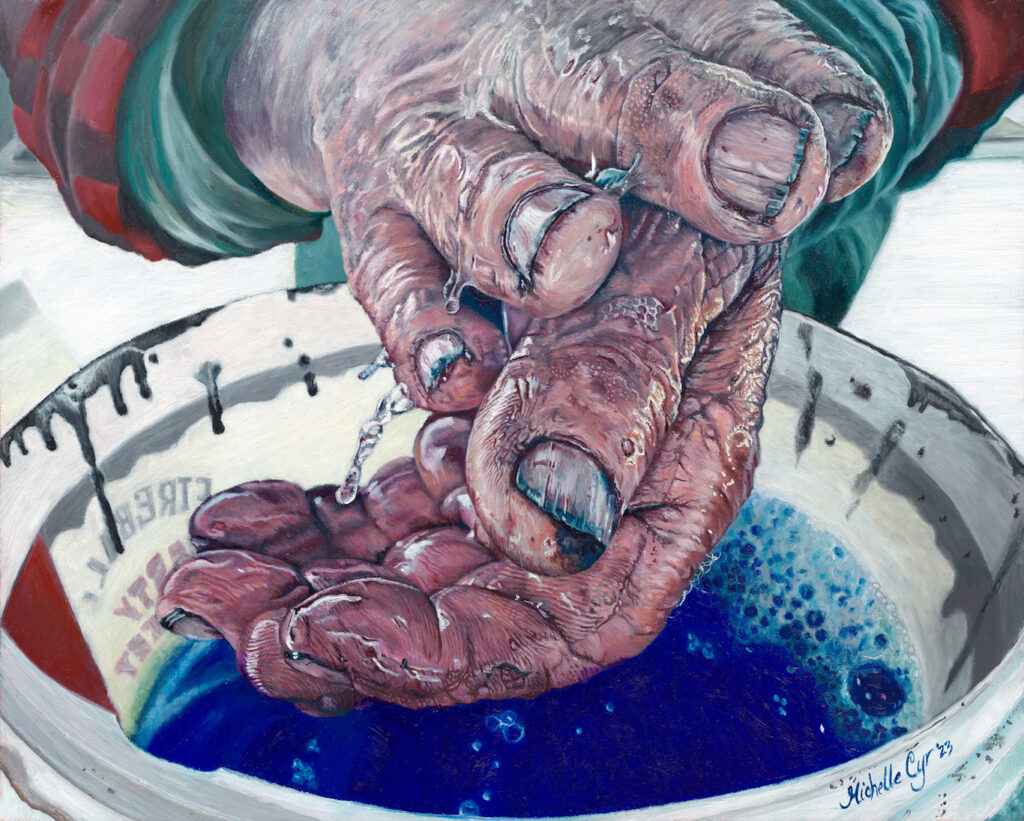

Want a successful financial planning for artists- Join grants and open call for artists
Looking for grants and entering art contests can really help artists, giving them support and recognition for their work. It’s not just about the money; it’s also a chance to get your special projects funded. Artists should actively look for grants that match their vision and take part in open calls to secure scholarships, grants, residencies, and awards that offer important financial help. This isn’t just about money; it’s also about making your work more valuable by getting recognized.
Join the Arts to Heart’s Project’s 101 Artbook Contest,” specifically for women. It’s an awesome opportunity for women artists to get their art published and have their work seen and appreciated. This contest cares about giving women artists a platform to showcase their talent and get the recognition they deserve. It’s a chance for their art to shine and be noticed by a wider audience.
Most importantly make artwork considering all the additional costs..
As the head of your art business, you’re the one in charge. This means taking on the responsibility of understanding your art practice’s, financial planning, and making business decisions based on the numbers.
Acting like the boss also involves being confident in your prices and having a well-thought-out pricing strategy. Consider factors like material costs, shipping, and especially your time when determining your prices, ensuring you make a profit from each art sale.
Having a consistent pricing formula since the start of the year helps you avoid the stressful “I don’t know what to charge!” situation and prevents undercutting yourself when dealing with interested buyers. Offering different price points broadens your customer base, attracting sales from a wider audience.
As the boss, it’s crucial to keep tabs on your art sales, always knowing how much money is coming in and when.
Remember, the goal is to be successful for 2024 out of your own work. If you keep making art that you can only “afford,” you’ll limit your potential for financial growth.











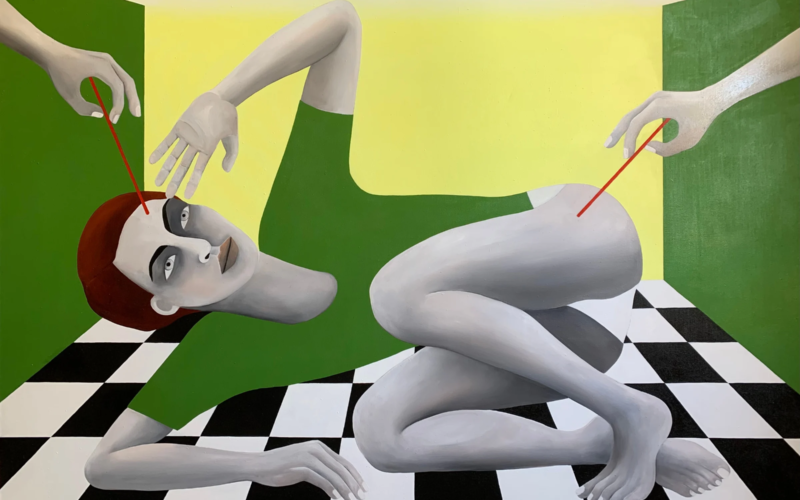
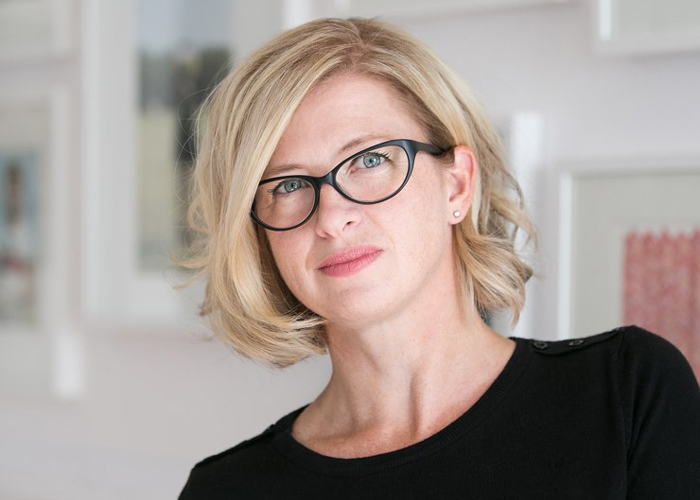

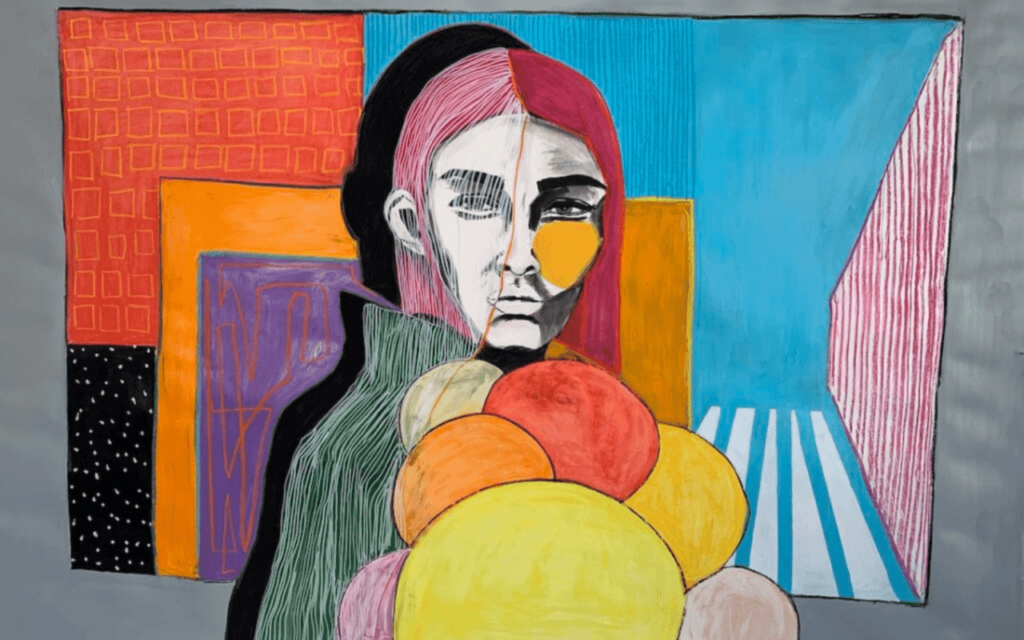
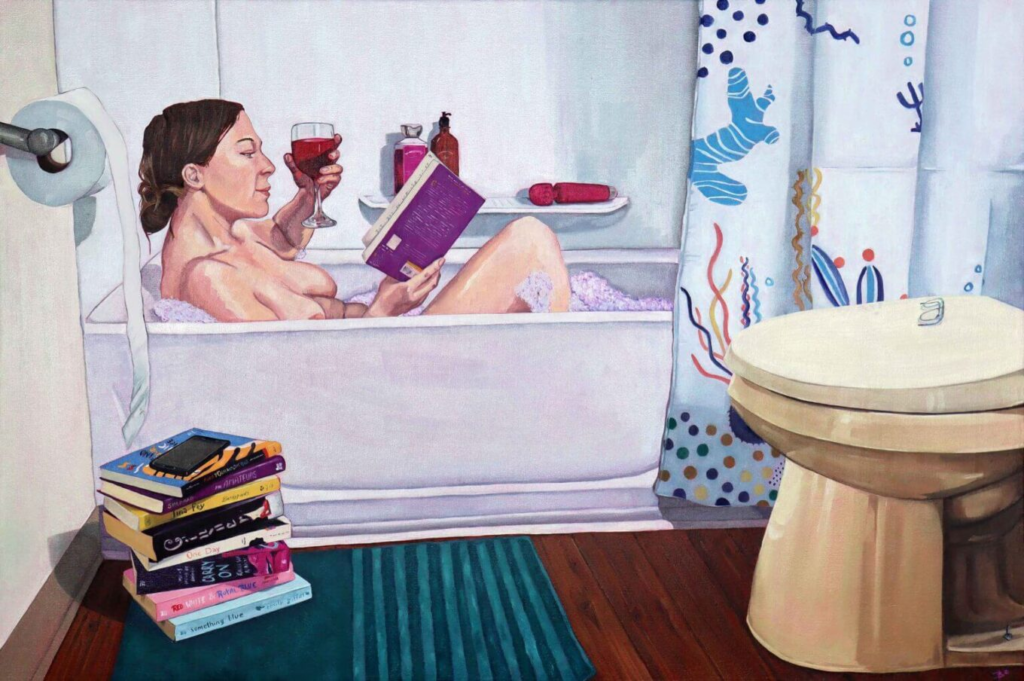
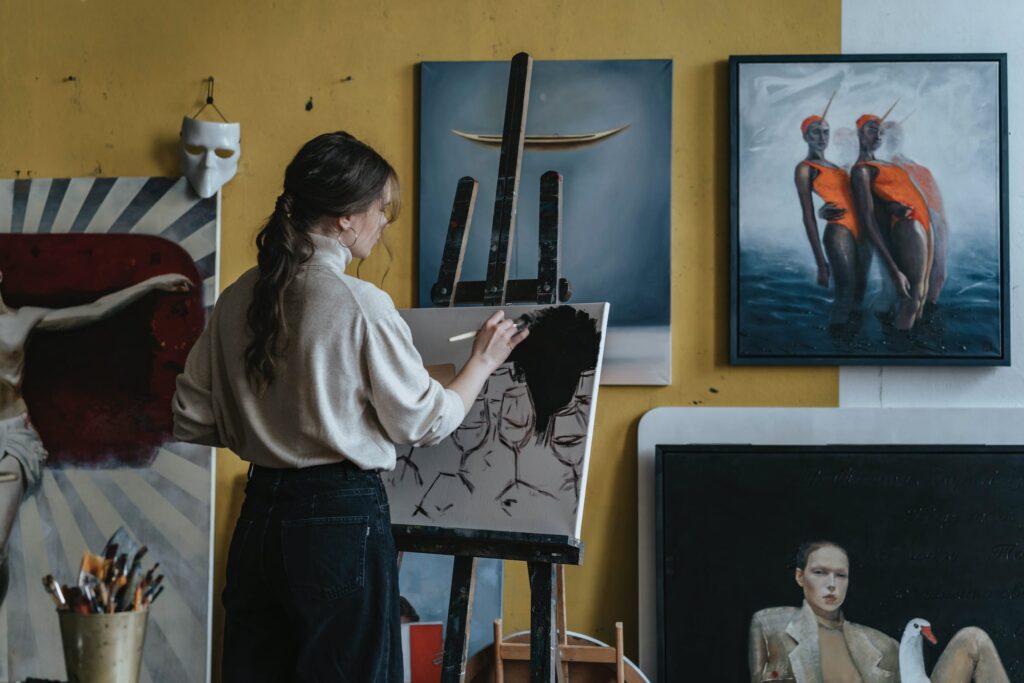
Comments 18